What Color Primer Should I Use?
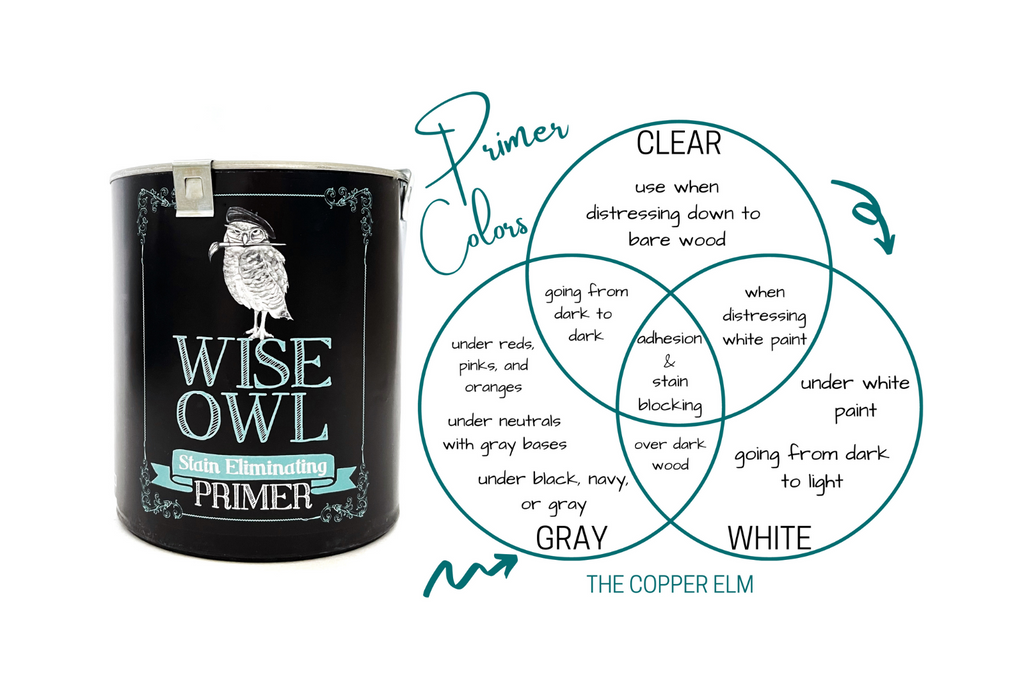
Choosing the right color primer
We've talked in-depth about the two main reasons you may need a primer before painting your furniture (you can find that post here), you've assessed your project and determined that primer would be best...but which color primer do you choose? Does it really matter? Why are there even options?? Let's break it down...
Wise Owl Primer comes in four color options: Clear, White, Gray, and Dark Gray. Each of these serves a different purpose and choosing the right one can have a huge impact on the ease and outcome of your painting project. With that said, if you choose the wrong color primer, you won't destroy your project in most cases. You may cause yourself to do some extra work or use more paint than necessary, but it likely won't be the end of the world for your project (with one main exception).
In general, your primer color choice will help you get from your current surface color to your chosen paint color with a little more ease. Picture your current color and your desired color as a set of stairs, with light colors at the top and dark colors on the bottom. If you are painting a dark wooden dresser with bright white paint, choosing the right primer color can help you get up that flight of stairs with ease. White primer over dark wood will bring you up the stairs so you have a lighter surface for your paint to sit on. Bringing your base color closer to your final color will result in far fewer coats of paint needed for full coverage. If you have a dark wooden dresser that you will be painting black, priming with white primer will have you running up to the top of the flight of stairs, before running all the way back down when you paint. This is wasted time, product, and effort that can easily be avoided with the proper colored primer.
So, how do you know which primer color to choose for your project? Here are my tips and preferences and why I choose them for my projects.
Clear
If you plan to paint a piece and then distress areas back down to the wood, but you still need help with adhesion or stain blocking....then clear primer is for you! The clear primer will lock in tannins and give you a great, grippy surface to paint on...while also allowing you to distress back down to the bare wood without having your primer peek through. (This is my one exception to the 'choosing the right color primer is helpful but not critical' advice. Using white or gray primer when you distress will more than likely show the primer at your distressing spots and change the overall look of your finish!) It will also be your go-to if you are starting from a dark shade and painting to another dark shade. Using clear primer in this instance will allow you to stay on that bottom stair and avoid wasting energy running up and down.
White
If you are painting white, cream, or beige...white primer is your best friend. Trust me. If you plan to take a dark piece of furniture and paint it white, using a coat or two of white primer will cut the amount of paint you'll need in half. This is like going from the bottom of that staircase to the top. Use white primer to jump up multiple steps before you start painting. The white primer will not only lighten your base shade, resulting in fewer coats of paint but will also block in all potential stains and bleeds, giving you a flawless finish.
Dark Gray
Are you planning to paint it red? Bright pink? Orange? Use dark gray primer and you will thank me. Gray is the perfect base for any red-toned paints, and it will drastically cut down the number of coats you'll need for your paint. Reds are notorious for being the most finicky colors, sometimes requiring 4, 5, even 6 coats for full coverage. (Side note, start using Wise Owl and you won't ever use more than 3 coats of reds. For real.) Use the dark gray primer underneath your hot pinks, and you'll get away with just two coats. Dark Gray Primer is also perfect if you are going from a super light wood or something that was already painted white...and you want to go dark. Throwing dark gray primer underneath your navys, grays, and blacks will drop your color shade so you won't have to make such a drastic jump when you start painting.
Gray
The same concept as the dark gray primer will apply here but in a much lighter tone. The standard Gray Primer is perfect under lighter pinks and oranges, and any light neutrals with gray undertones. It's a great option to lighten up a dark surface, without going as high as the bright white primer. (Think one or two steps from the top of the staircase)
Too long, didn't read, right?? Here are the short notes 😆:
Want to distress down to the wood? CLEAR
Going from a dark surface to a dark paint? CLEAR or DARK GRAY
Painting anything white, cream, or beige? WHITE
Going from a dark surface to a light paint? WHITE or GRAY
Painting with reds, pinks, or oranges? GRAY or DARK GRAY
Going from a light surface to a dark paint? DARK GRAY
And, as always, if you aren't sure, just send me a pic and we'll work through it together. 😘 And if you are ready to jump in, you can find your Wise Owl Primer right here.
-
Posted in
Furniture Painting Basics, Prep Work, Primer
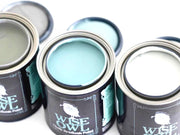
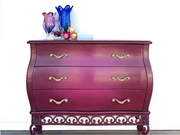
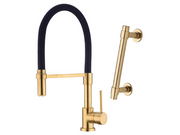
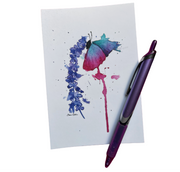





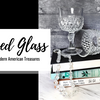
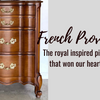

I am painting an oak shelf a dark brown. Which color primer can I use to make sure it covers easily?